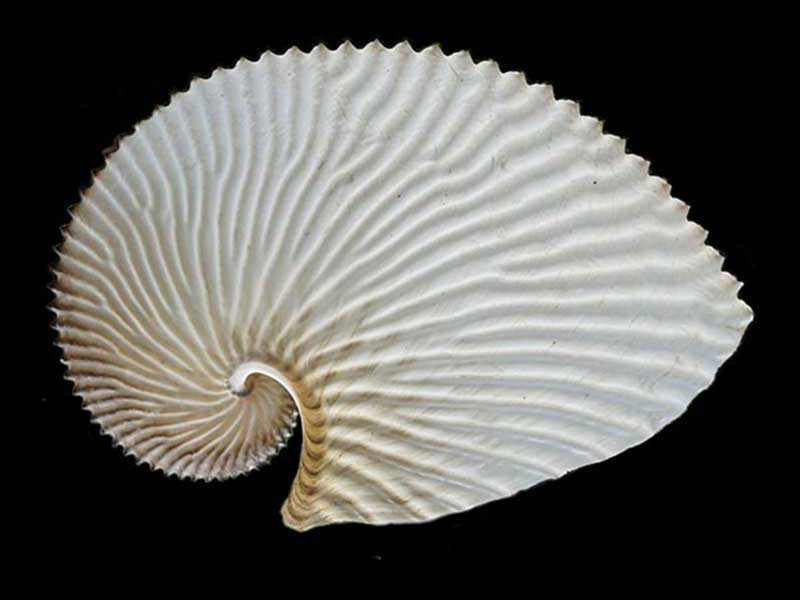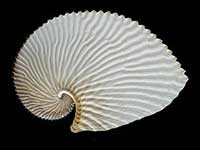Compare Argonauta argo
| toggle to add to compare list |
Taxonomy
Family: ARGONAUTIDAE Full Classification: Mollusca (Phylum) > Cephalopoda (Class) > Coleoida (Subclass) > Octopodiformes (Superorder) > Octopoda (Order) > Incirrata (Suborder) > Argonautoidea (Superfamily) > Argonautidae (Family) > Argonauta (Genus) > argo (Species) |
Taxonomy
Family: ARGONAUTIDAE Full Classification: Mollusca (Phylum) > Cephalopoda (Class) > Coleoida (Subclass) > Octopodiformes (Superorder) > Octopoda (Order) > Incirrata (Suborder) > Argonautoidea (Superfamily) > Argonautidae (Family) > Argonauta (Genus) > argo (Species) |
Details: Argonauta argo Linnaeus, 1758
Size/Grows to:
Length 200mm, Width 160mm
Distribution:
Worldwide. Northern part of North Island, Northland to Mahia, and down to Waikanae. On sandy beaches
Geographical Range:
KAC
Notes:
Species Links
Distribution Map
References and Publications
- Mead, K., Carson, K., Raven, J.L., Couper, J., Elliot, M., Elliot, C., Bracegirdle, S. Nov/2021 Notes on NZ Collected Species, Cookia, 33 (p.18)
- Woods, K. Nov/2002 Argonaut, Cookia, 13 (p.55)
- O'Shea, S. 1999 The Marine Fauna of New Zealand: Octopoda (Mollusca: Cephalopoda), NIWA Biodiversity Memoir, Wellington, 112 (p.87)
- Powell, A.W.B. 1979 New Zealand Mollusca: Marine, Land and Freshwater Shells, Collins, Auckland (p.444)
Key to Geographical Ranges

The symbols K.A.C.F.M.An. are used to indicate the geographical range of the species.
They have been adopted to give an approximation of the range of each species within New Zealand.
K=
Kermadec Islands
A=
Aupourian - Kaipara Harbour, north around North Cape, encompassing the Three Kings Islands and south to East Cape
C=
Cookian - Lower North Island and the northern part of the South Island
F=
Forsterian - Otago, Fiordland and Stewart Island
M=
Moriorian - Chatham Islands, Pitt Island
An=
Antipodean - Subantarctic Islands of New Zealand
Fw =
Freshwater
L =
Land
N =
North Island
S =
South Island
R =
Recent
Sf =
Subfossil
Fo =
Fossil
Recently Viewed


